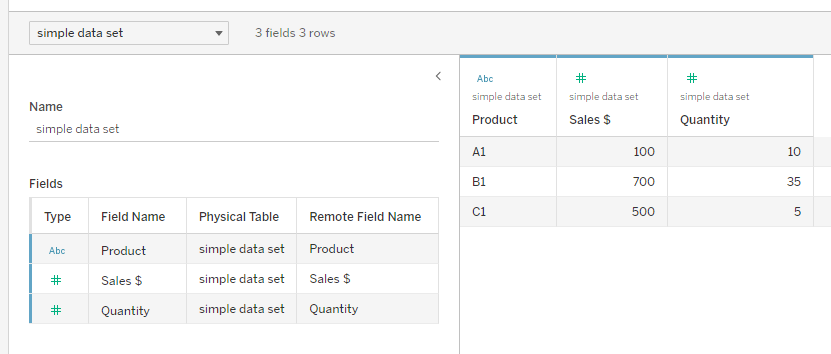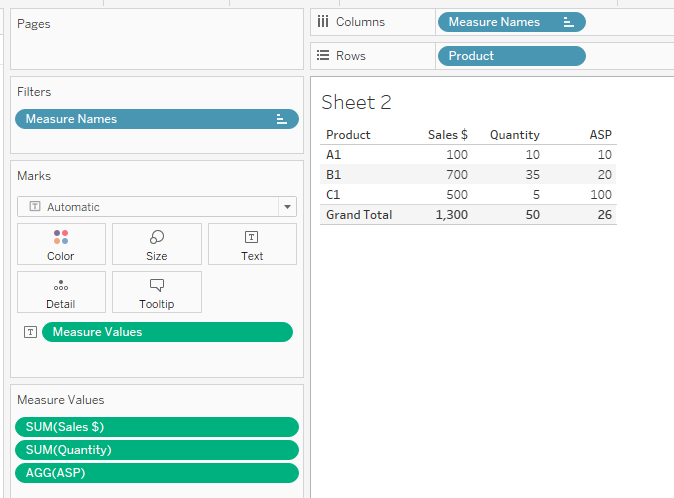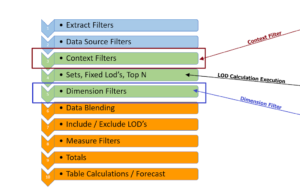First and foremost, Tableau is not a spreadsheet calculator. That is obvious yet for newbies there is a tendency to try to translate code rather than understand how Tableau works. Have you ever tried to learn a second or third language? In the beginning, you try to translate verbatim into the new language (everyone does it). Only with practice do you learn to think in the new language – That’s when it becomes easier.
The same is true with Tableau so let’s start with the conceptual difference between Tableau and spreadsheet calculator. Spreadsheet calculators were designed to work within a cell. It either contains a value or a calculation. If you need to relate that to other cells, you copy and paste it into a new cell, an entire row or column, or even a spreadsheet. That said the value or calculation remains in each cell.
Tableau and similar software work across Dimensions and Measure in a data table. Dimensions categorize data and measures are the values associated with the dimensions. They act like an entire row (or column) in a spreadsheet. Calculations are written with dimensions and measures and the result is similar to that by copying a cell formula to an entire column in a spreadsheet.
Let’s start by looking at this simple data set in Excel and Tableau

In Excel each cell is loaded with a value and the ASP (Average Selling Price) is calculated by placing this formula =B2/C2 in the cell and copying it to the remaining rows

Totals are added to the individual “Columns” to get the overall ASP

When the same data is loaded into Tableau it creates a table on the data source page that looks very similar to the Excel file

The ASP is calculated by creating a new “Calculation”

There is no need to copy the formula to the rows – it is added directly to the data table
In the worksheet. All totals are added with a single “Grand Total” function.

OK – the results are the same – but the way we got there is entirely different and it is that difference is our next topic. Now lets see what Dimensions and Measures are

